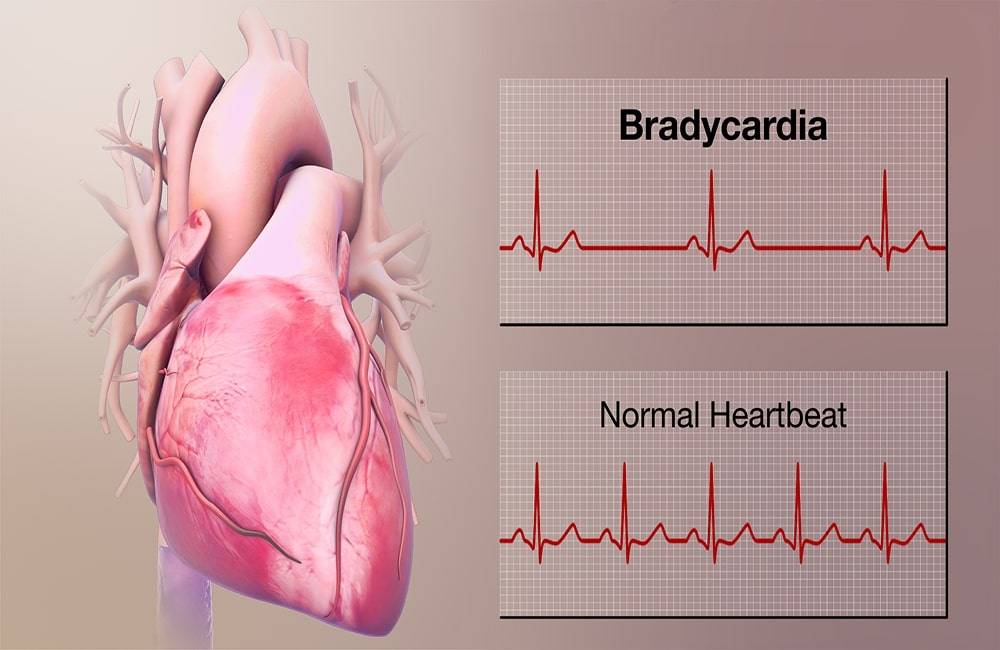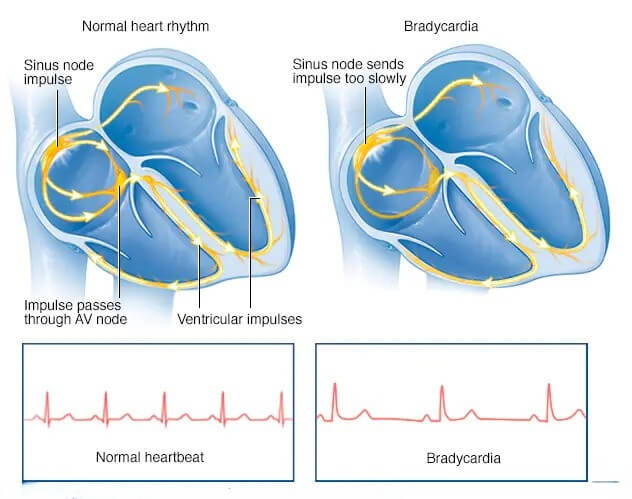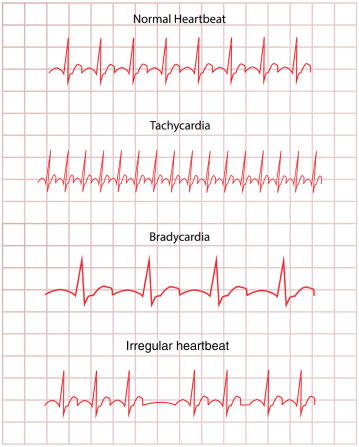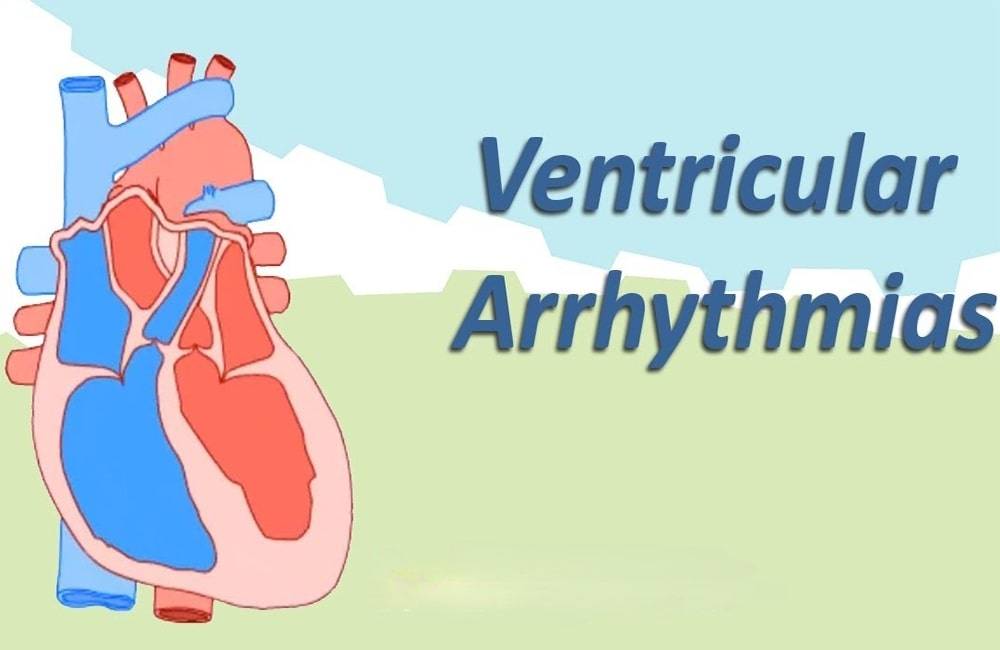Low Heart Rate - When Should I Worry about Bradycardia

Bradycardia is a common arrhythmia.
Some people in daily life may experience dizziness, weakness, palpitations, chest tightness, shortness of breath, or even fainting and collapse in severe cases when bradycardia suddenly appears and the heart rate drops below 40 beats per minute (bpm).
If bradycardia occurs for a long time, it may cause cardiac arrest and endanger life.
Therefore, once you find unexplained bradycardia, you should pay enough attention to it and seek medical examination in time to avoid deterioration of the situation.
What Is Bradycardia?
According to the 2018 ACC/AHA/HRS Guideline on the Evaluation and Management of Patients With Bradycardia and Cardiac Delay, bradycardia was redefined as a heart rate of fewer than 50 beats per minute (bpm), compared to a normal heart rate of 50 to 100 bpm. Before this guide, bradycardia referred to a heart rate of fewer than 60 bpm.
When bradycardia occurs, it can be asymptomatic, as it can occur in normal people at rest. On the other hand, it can also occur as dizziness and other discomforts, mainly because the heart's pumping function is weakened due to bradycardia, and it cannot provide sufficient blood supply to our body, especially to the brain, which leads to dizziness and other discomforts. And those serious symptoms are often due to underlying medical conditions.

Underlying Conditions - What Are the Possible Causes of Bradycardia?
Ventricular arrhythmias are clinically very dangerous when they occur, except for ventricular premature beats (PVB or PVC), other types of arrhythmias such as ventricular tachycardia, ventricular flutter and ventricular fibrillation are very dangerous. When premature ventricular beats occur, if they are asymptomatic, it does not require treatment, because they are generally not fatal. However, if ventricular tachycardia, ventricular flutter and ventricular fibrillation occur, it is very dangerous in clinical and requires emergency treatment and resuscitation often at an early stage.
- Healthy people
When rest at night, healthy adults and children can have bradycardia, which can even reach a heart rate of several 30 beats per minute, especially athletes in good physical condition. So it is common for people who normally work physically or who have been exercising for a long time to have bradycardia. To some extent perhaps a slow heart rate indicates a well-trained indicator. Generally, these people do not have any uncomfortable symptoms, though bradycardia is found during checkups or medical examinations.
- Heart disease
Diseases of the heart itself, naturally, can also lead to heart damage, like severe bradycardia. Heart diseases include myocardial infarction (MI), cardiomyopathy, severe myocarditis, sinus node dysfunction, heart block (AV block), etc. People with these heart diseases may have serious bradycardia. Heart disease may even cause syncope and sudden death, which requires special attention.
- Non-cardiac diseases
Infectious diseases, such as typhoid; endocrine system diseases, such as hypothyroidism; central nervous system diseases, such as strokes leading to cranial hypertension; obstructive sleep apnea, mainly manifested by severe snoring and apnea; some patients with a terminal illness, also with a very weak constitution.
- Medications
Many drugs can inhibit the heartbeat and cause bradycardia, or make bradycardia a side effect, such as digoxin, amiodarone, bisoprolol and some sedative sleeping pills. So the drugs should be taken under the guidance of a doctor.
When Shall You See a Doctor for a Slow Resting Heart Rate?
At what level of slow heartbeat is it time to go to the doctor?
In most cases, a slow heartbeat is benign. Usually, elders are afraid when they notice their heartbeat is slow. In fact, if you observe it and do a little exercise vigorously on your own. And if your heartbeat immediately increases dramatically, it indicates that this fear is not necessary. Therefore, if there are no symptoms and the heart rate is simply low, treatment is not necessary.
However, it should be closely monitored, preferably with a 24-hour continuous ECG monitor. The wearable Wellue's ECG Recorder can monitor your heart's activities for a 24-hour period or longer, recording the dynamic ECG. More importantly, the AI platform can analyze the ECG interpretation so you can know your heart easier and faster without waiting for the busy doctor.
Dynamic electrocardiogram (DCG) is the initial diagnosis to determine whether the patient's symptoms are related to bradycardia and whether they are accompanied by other arrhythmias, which can help the physician in the follow-up diagnosis and treatment.
If the following manifestations occur, you have to ask your doctor because treatment must be given as soon as possible, and some patients will require a permanent pacemaker.
- Heartbeat < 45 beats per minute.
- Dizziness, panic.





